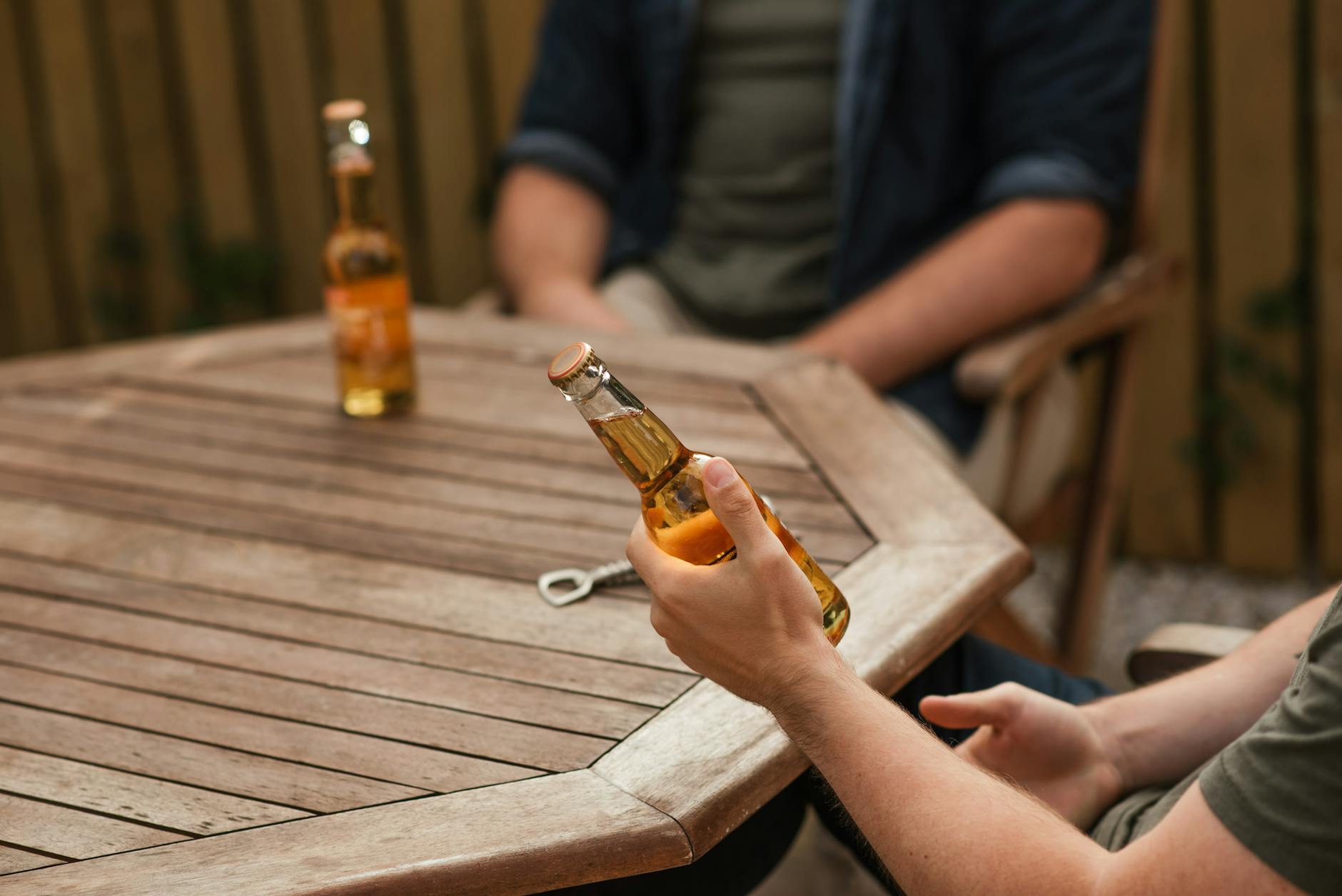Unlocking the secrets of intoxication: Discovering the magic number of beers it takes to reach the perfect level of drunk.
Table of Contents
Have you ever wondered how many beers it takes to get drunk? It’s a question that has intrigued many individuals, whether they are curious about their own alcohol tolerance or simply interested in the science behind intoxication. In this blog post, we will delve deep into the topic, exploring the various factors that influence how quickly someone becomes intoxicated and the role that alcohol metabolism plays in this process.
Factors Affecting Intoxication Levels
Alcohol metabolism is a complex process that occurs in the liver. When you consume alcohol, enzymes in the liver break it down into acetaldehyde, a toxic substance that is further metabolized into acetate and then into carbon dioxide and water. The speed at which this process occurs can vary from person to person, depending on factors such as genetics, liver health, and the presence of other substances in the body.
Individual tolerance levels also play a significant role in how quickly someone gets drunk. Some people may be able to handle larger amounts of alcohol before feeling intoxicated, while others may start feeling the effects after just a few sips. Factors such as weight, gender, and overall health can all impact a person’s tolerance to alcohol.
In addition to alcohol metabolism and tolerance levels, there are other factors that can influence how quickly someone becomes intoxicated. For example, consuming alcohol on an empty stomach can lead to faster absorption into the bloodstream, resulting in a quicker onset of intoxication. Mixing alcohol with other substances, such as prescription medications or illicit drugs, can also amplify its effects.
Understanding Blood Alcohol Concentration (BAC)
Blood Alcohol Concentration (BAC) is a measure of the amount of alcohol in a person’s bloodstream. It is typically expressed as a percentage, with 0.08% being the legal limit for driving under the influence in many jurisdictions. The higher the BAC, the more impaired a person is likely to be, with symptoms ranging from mild intoxication to severe impairment.
It’s important to note that BAC levels can vary depending on a person’s weight, gender, and the rate at which they metabolize alcohol. For example, a smaller individual may reach a higher BAC level after consuming the same amount of alcohol as a larger person. Gender can also play a role, as women tend to have a higher BAC after consuming the same amount of alcohol as men, due to differences in body composition and enzyme levels.
Monitoring your BAC levels is crucial for understanding your own intoxication levels and making informed decisions about drinking. There are portable breathalyzer devices available that can give you an estimate of your BAC, allowing you to gauge whether you are safe to drive or if you need to wait before getting behind the wheel.
Practical Tips for Safe Drinking
Drinking responsibly is key to avoiding the negative consequences of alcohol intoxication. Knowing your limits and being aware of the factors that can influence how quickly you become intoxicated are essential for staying safe while enjoying alcohol.
If you feel that you have had too much to drink, there are several strategies you can use to sober up. Drinking water, eating food, and getting some fresh air can help to reduce the effects of alcohol and speed up its metabolism. It’s also important to pace yourself while drinking and avoid binge drinking, as this can lead to dangerous levels of intoxication.
If you or someone you know struggles with alcohol abuse or addiction, it’s important to seek help. There are resources available, such as support groups, counseling services, and treatment programs, that can provide assistance and guidance for overcoming alcohol-related challenges.
In conclusion, the question of how many beers it takes to get drunk is a complex one that is influenced by a variety of factors. By understanding the science behind alcohol metabolism, individual tolerance levels, and other influences on intoxication, you can make informed decisions about drinking and stay safe while enjoying alcohol responsibly.
FAQ
Question 1: How can I calculate the number of beers it takes for me to get drunk?
Answer 1: Calculating your alcohol tolerance involves factors like weight, metabolism, and food consumption. Experiment cautiously and observe your body’s reaction to determine your limit.
Question 2: Can drinking water help sober me up faster?
Answer 2: Hydrating with water can aid in diluting alcohol in your system, but it won’t speed up the metabolism process. It’s still vital to allow time for your body to process alcohol naturally.
Question 3: Are there reliable breathalyzer devices for personal use?
Answer 3: Yes, there are portable breathalyzers that can estimate your Blood Alcohol Concentration (BAC) levels. These devices can provide guidance on your intoxication level and help you make safer decisions.
Question 4: What should I do if I suspect someone has alcohol poisoning?
Answer 4: If you suspect alcohol poisoning, call emergency services immediately. Stay with the person, keep them awake if possible, and provide any information about the type and amount of alcohol consumed for medical assistance.


Leave a Reply